Table of Contents Overview Ultimate Auction Pro Auctions Made Easy for WooCommerce Auctions for WooCommerce…
What is a Reserve Price? Understanding Reserve Prices in Auctions
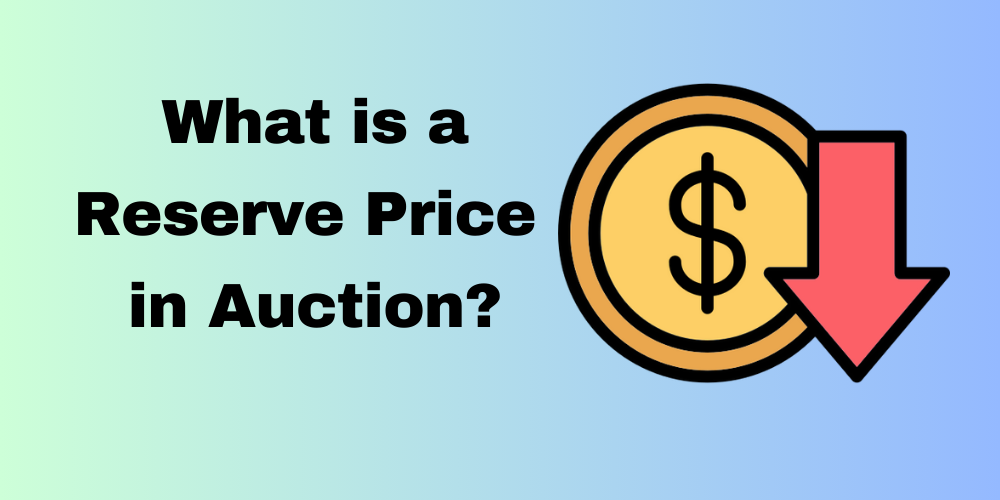
Table of Contents
- What Is a Reserve Price?
- Understanding Reserve Prices in Auctions
- Can Bidders See the Reserve Price?
- What Happens If the Reserve Price Is Not Met?
- Example of a Reserve Price
- Auction Reserves vs. No-Reserve Auctions
- Reserve Price vs. Opening Bid
- Benefits of Reserve Price Auctions
- Advantages and Disadvantages
- If You Want to Create an Auction Website in WordPress
- Conclusion
- FAQ
Overview
In the world of auctions, understanding different auction types is crucial for both bidders and sellers. One popular method is the reserve price auction, which offers unique advantages. In this post, we will explore what a reserve price is, how it works, its benefits, and potential drawbacks, as well as how you can set up an auction website on WordPress.
What Is a Reserve Price?
A reserve price is the minimum amount a seller sets for an auction item. This price must be met for the item to sell. It protects sellers from accepting bids that are too low. If the bidding doesn’t reach this price, the item remains unsold. Typically, sellers keep the reserve price confidential. This encourages competitive bidding without revealing their lowest acceptable offer.
Understanding Reserve Prices in Auctions
A reserve price in an auction helps ensure they receive a fair price for their goods. When sellers set a minimum price, they safeguard their investment. If bidding doesn’t meet this price, sellers can retain ownership and choose to relist the item later or sell it through other channels.
Can Bidders See the Reserve Price?
Bidders generally cannot see the reserve price. This confidentiality prompts bidders to engage more actively in the auction. They do not know how much they need to bid to secure the item. However, some auction platforms may inform bidders if the reserve price has been met during the bidding process.
What Happens If the Reserve Price Is Not Met?
If bidding fails to reach the reserve price, the item does not sell. The seller retains ownership and can decide to relist the item in future auctions or sell it through other channels.
Example of a Reserve Price
Item: Vintage guitar valued at $1,500
Reserve Price: $1,200
Bidding Scenario 1 (Reserve Not Met)
- Starting Bid: $800
- Bids Received: $900, $1,000, $1,100
In this case, the highest bid is $1,100, which is below the reserve price of $1,200. Therefore, the guitar remains unsold.
Bidding Scenario 2 (Reserve Met)
- New Bids: $1,200, $1,300, $1,400
Here, the bidding exceeds the reserve price of $1,200. The highest bidder at $1,400 secures the guitar. This allows the seller to achieve a fair market value for the item while ensuring a successful sale.
Summary
Second Scenario: Highest bid of $1,400 (sold)
First Scenario: Highest bid of $1,100 (unsold)
Auction Reserves vs. No-Reserve Auctions
| Auction Type | Auction with Reserve Price | Auction with No Reserve Price |
|---|---|---|
| What it Means | The seller sets a minimum price for the item. The item only sells if the bid is equal to or higher than that price. | The item sells to the highest bidder, no matter how low the bid is. |
| For Bidders | It encourages serious bidding, but if the reserve price is too high, some bidders might not join. | It makes bidding exciting, but the item might sell for less than it’s worth. |
| For Sellers | The seller is protected from selling too low. They get at least their minimum price. | The seller might risk selling for less than the item’s worth. |
| Risk for Bidders | Bidders don’t know the reserve price, so they may not know how much to bid. | Bidders don’t know the minimum price, but they might get a good deal. |
| Benefits for Sellers | Ensures the item won’t sell for too little. | The item might sell for more if bidding gets competitive. |
| Disadvantages for Sellers | Some bidders may not want to participate if the reserve price is too high. | There’s a risk the item may sell for a very low price. |
Reserve Price vs. Opening Bid
🔒 Reserve Price:
- Represents the minimum price the seller is willing to accept.
- Typically remains confidential and is not disclosed to bidders.
📈 Opening Bid:
- Marks the initial price at which bidding starts.
- Sellers can set this price low to stimulate interest or high to reflect the item’s perceived value.
Key Differences
- 🎯 Purpose:
The opening bid serves as a starting point, while the reserve price protects the seller. - 👁️ Visibility:
All bidders can see the opening bid, whereas the reserve price remains private, allowing sellers to keep their minimum expectations confidential.
Benefits of Reserve Price Auctions
- 🛡️ Protects Seller Interests:
Setting a reserve price helps sellers ensure their items do not sell below a certain threshold. - 🤝 Encourages Serious Bidders:
Knowing there’s a minimum price motivates bidders to be more serious, leading to competitive bidding and potentially higher final sale prices. - 🔍 Enhances Auction Transparency:
Reserve price auctions create transparency by informing participants of the minimum price needed to secure the item. - 📉 Reduces Risk of Unsold Items:
By setting a reserve price, sellers decrease the likelihood of their items going unsold. This is especially beneficial in fluctuating markets.
Advantages and Disadvantages
Advantages:
- 🔐 Security for Sellers:
Protects against low bids. - 📈 Higher Sale Prices:
Encourages competitive bidding. - 📊 Market Stability:
Helps maintain value in fluctuating markets.
Disadvantages:
- 🚫 May Deter Bidders:
Some bidders might feel discouraged if the reserve price is set too high. - 📉 Less Competitive Bidding:
Knowledge of the reserve price may lead bidders to limit their bids to that amount.
If You Want to Create an Auction Website in WordPress
Setting up an auction website in WordPress is easier than you might think! You can leverage various plugins designed specifically for auction functionalities. For detailed steps on how to create an auction website, check out my previous blog post on setting up an auction site.
Conclusion
By understanding the reserve price at an auction and its implications, you can navigate the auction world more confidently, whether you’re participating in real estate auctions or eBay bidding.
FAQ
What is a reserve price?
he minimum amount a seller sets for an auction item, which must be met for the item to sell.
How does a reserve price work?
If the highest bid doesn’t reach the reserve price, the item remains unsold. If it does, the highest bidder wins.
Can bidders see the reserve price?
No, it’s typically confidential, encouraging competitive bidding.
What happens if the reserve price is not met?
The item doesn’t sell, and the seller retains ownership.
This Post Has One Comment
Leave a Reply
You must be logged in to post a comment.



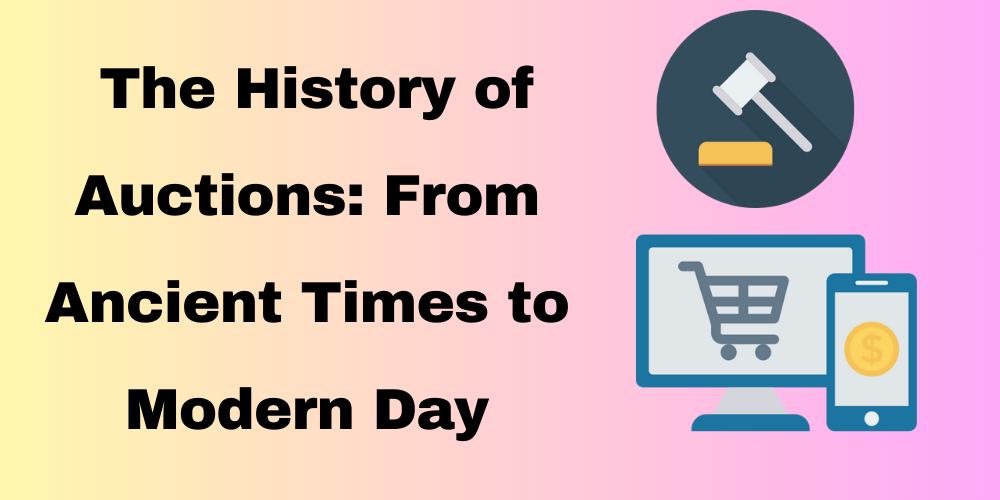
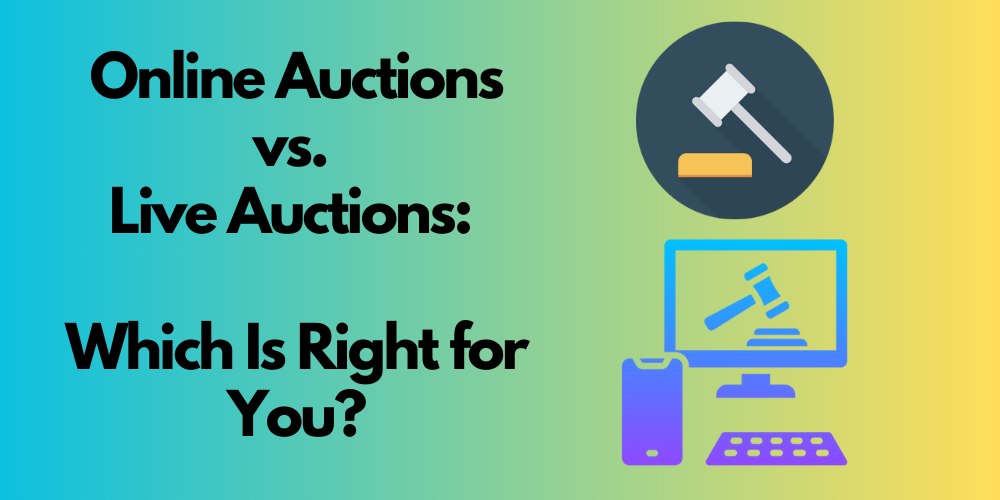
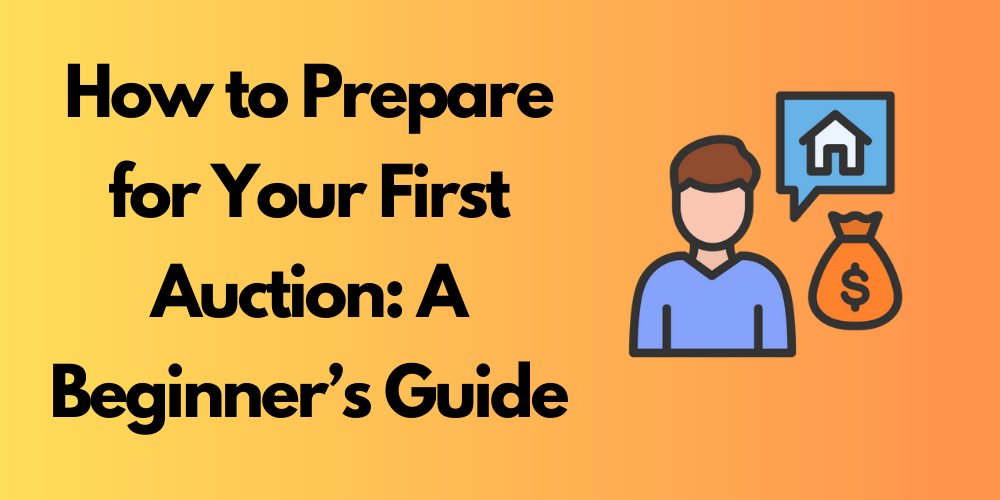
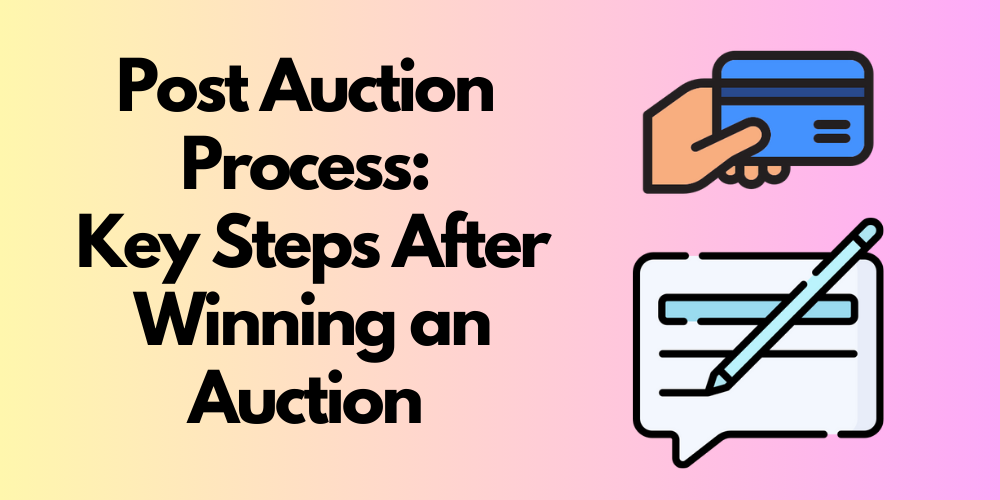
Very informative post! The explanations and examples are excellent. Thank you for sharing!